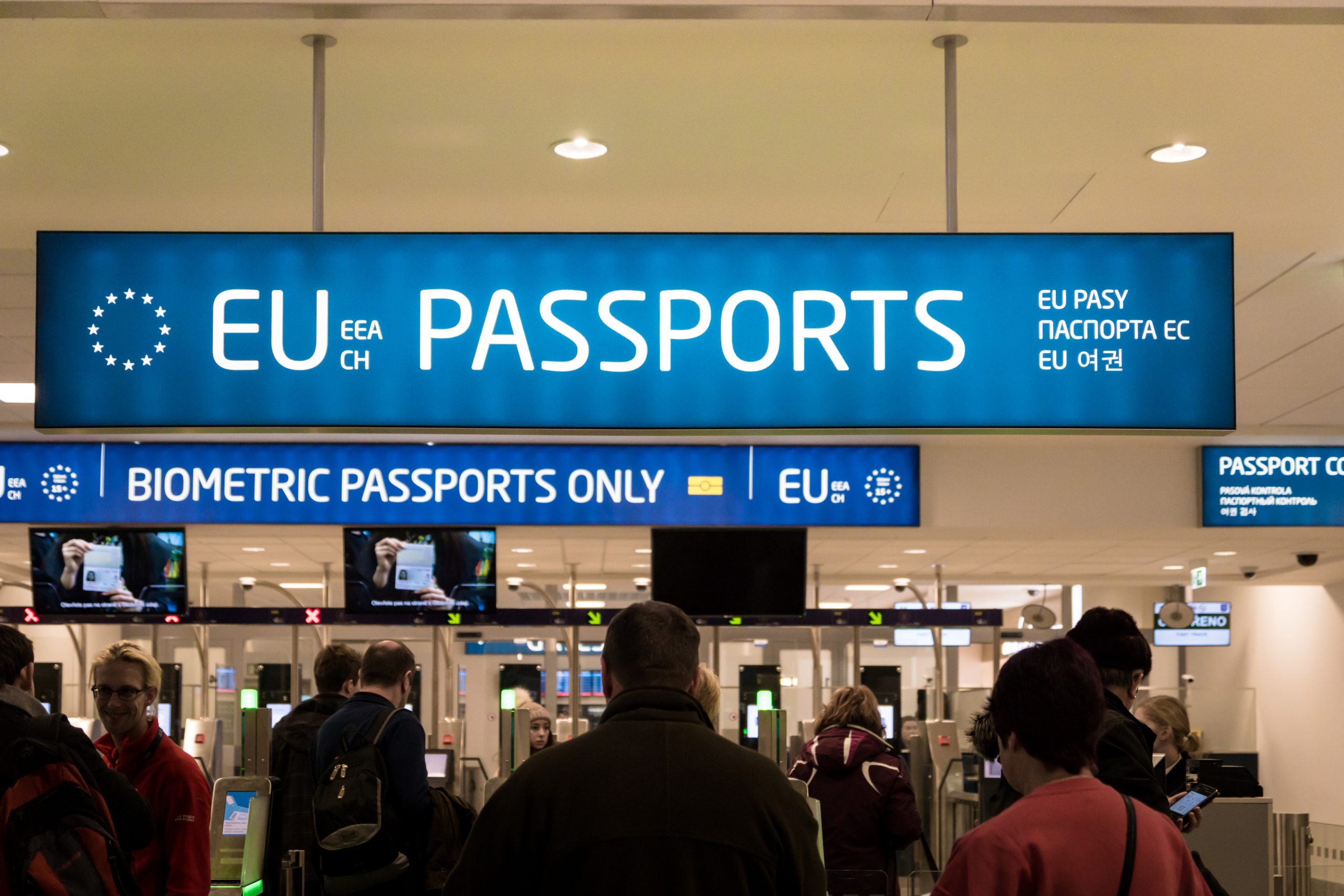What are ETIAS and EES ?
Two new procedures will affect visitors to EU countries and the Schengen Zone.ETIAS European Travel Information and Authorisation System is planned for 2024, and EES Entry/Exit System is scheduled for November 2023.
ETIAS is an electronic system that allows visitors from countries not required to obtain a visa to enter the Schengen Zone.
EES is an electronic system that keeps track of visitors from countries who do not need a visa to enter the Schengen Zone.
The Schengen Area consists of the following countries. The majority of member states are in the EU; others, such as Iceland, Liechtenstein, Norway, Switzerland, Monaco, San Marino, and Vatican City, remain outside the EU:
Austria ♦ Belgium ♦ Croatia ♦ Czech Republic ♦ Denmark ♦ Estonia ♦ Finland ♦ France ♦ Germany ♦ Greece ♦ Hungary ♦ Iceland ♦ Italy ♦ Latvia ♦ Liechtenstein ♦ Lithuania ♦ Malta ♦ Monaco ♦ Netherlands ♦ Norway ♦ Poland ♦ Portugal ♦ San Marino ♦ Slovakia ♦ Slovenia ♦ Spain ♦ Sweden ♦ Switzerland ♦ Vatican City ♦
Bulgaria•Cyprus•Romania• are not yet members but are in the process of joining. However, Ireland, a member of the EU, is not a member of the Schengen Zone and will continue to manually stamp passports.
ETIAS will require non-EU citizens to apply for a visa waiver online for short-stay visits for up to 90 days in the zone for a €7 fee.
EES monitors the length of stay in the zone and is without charge.
ETIAS
The online application process is described by the European Commission as simple and expected to take 10 minutes to complete.
The approval is linked to the applicant’s passport and lasts for three years unless the passport expires. A new passport will require a new ETIAS Application.
Individuals under 18 or over 70 must apply for the visa waiver but will not have to pay the €7 fee. A guardian or parent will need to apply for a minor.
When the application is made online, the details provided are checked against and stored on the databases held by EU-LISA. The agency tasked with maintaining the EU’s security information.
Upon entering the Schengen zone, Biometric passports will be scanned and checked for ETIAS approval. If prior approval is not obtained, access to the Schengen area will be denied.
Applicants must provide their name, address, contact details, parents’ names, passport details, educational level, and occupation. Importantly the country and address of the first intended stay must be provided, and the nominated country must be the first entry to the Schengen zone. An attempt to make another country the first entry point will result in refusal.
The application will also ask for details of any criminal convictions, travel to war zones, and if the applicant has been the subject of an order to leave any EU country.
Approval online could take a few minutes or a week. If complications arise, extra information might be required, or the applicant might be asked to attend an interview. This further stage could add another 30 days, so applying before making travel or accommodation plans is advisable.
EES
The EES is a digital system. There is no charge for joining; its purpose is to track the arrivals and departures of non-EU visitors to the Schengen area.
It will track the arrivals and departures of non-EU visitors using their entitlement to stay up to 90 days in any 180 days.
It will not target people with long-stay visas and/or residency cards. Still, it will apply to people on short-stay visas or travellers from the 63 visa waiver countries.
The EES is activated whenever a non-EU citizen crosses an EU external border. It will also be enforced by the French border control at Dover, London St Pancras and Folkestone for people boarding ferries and trains. Refusals of entry will be recorded.
The EES is intended to make it easier to detect travellers using fake passports and keep track of those who have no right to enter the EU or stay in the zone for too long.
What data will the EES require?
Scans of fingerprints will be required except for people with short-stay visas who have already provided these.
A photo will be taken at the border on a traveller’s first entry after the system launches. Presently there is no requirement for any data to be provided before arrival.
At Some busy entry points, such as major airports, pre-registration booths are envisaged for collecting data from travellers before arriving at a border control desk.
This initialisation of the system is likely to cause significant delays.
Passports will also be scanned to digitally register entry movement in the Schengen Zone, replacing passport stamps. Their owner’s identities will be checked against a security list.
Data from passports, such as passport number and date of birth, will be documented and kept for three years from the date first recorded. The records will be retained for five years if no exit date exists. Once the appropriate time has expired, the registers will be automatically deleted.
Refusal to provide data will be grounds for denial of entry to the zone.
What about Non-EU citizens who have EU national family members?
Non-EU nationals must use the EES but are not subject to the 90 days in 180 rule if they remain in an EU country with their EU partner beyond this. They will have to apply for a residency permit if staying more than three months in one EU member country, and their data will only be stored for one year.
What about non-EU nationals living permanently in an EU country?
Non-EU nationals with official residency in an EU country will be exempt from the EES and the 90-day rule.
What is the purpose of EES?
The EU has stated that the main aim of the EES is to save time by modernising border management across the Schengen zone members who have adopted the system. It will help to prevent casual overstayers and identify more determined abusers of the 90-day rule.
As an additional verification tool, it will help in the fight against organised crime gangs and terrorists, as well as identifying suspects and victims of crimes.
Will the EES cause delays at border control?
Initially inevitably!
Eventually, the system will be automated for biometric passport holders, including those issued in the UK. Presently travellers need to present themselves to a border control officer for checks even at those entry points with pre-registration facilities.
Will EES documents and duration of stay be checkable?
Passport control officers can provide details of the remaining days left on the 90-day authorised stay.
An online tool will also be available to consult these records.
What happens to overstayers?
Anyone remaining in the zone for over 90 days in 180 will be identified as an overstayer and added to a watch list visible to passport control, immigration officers and other relevant authorities.
Fines can be imposed, and future entry to the EU could be refused unless proof of serious events beyond your control, such as illness or injury, is provided.





























